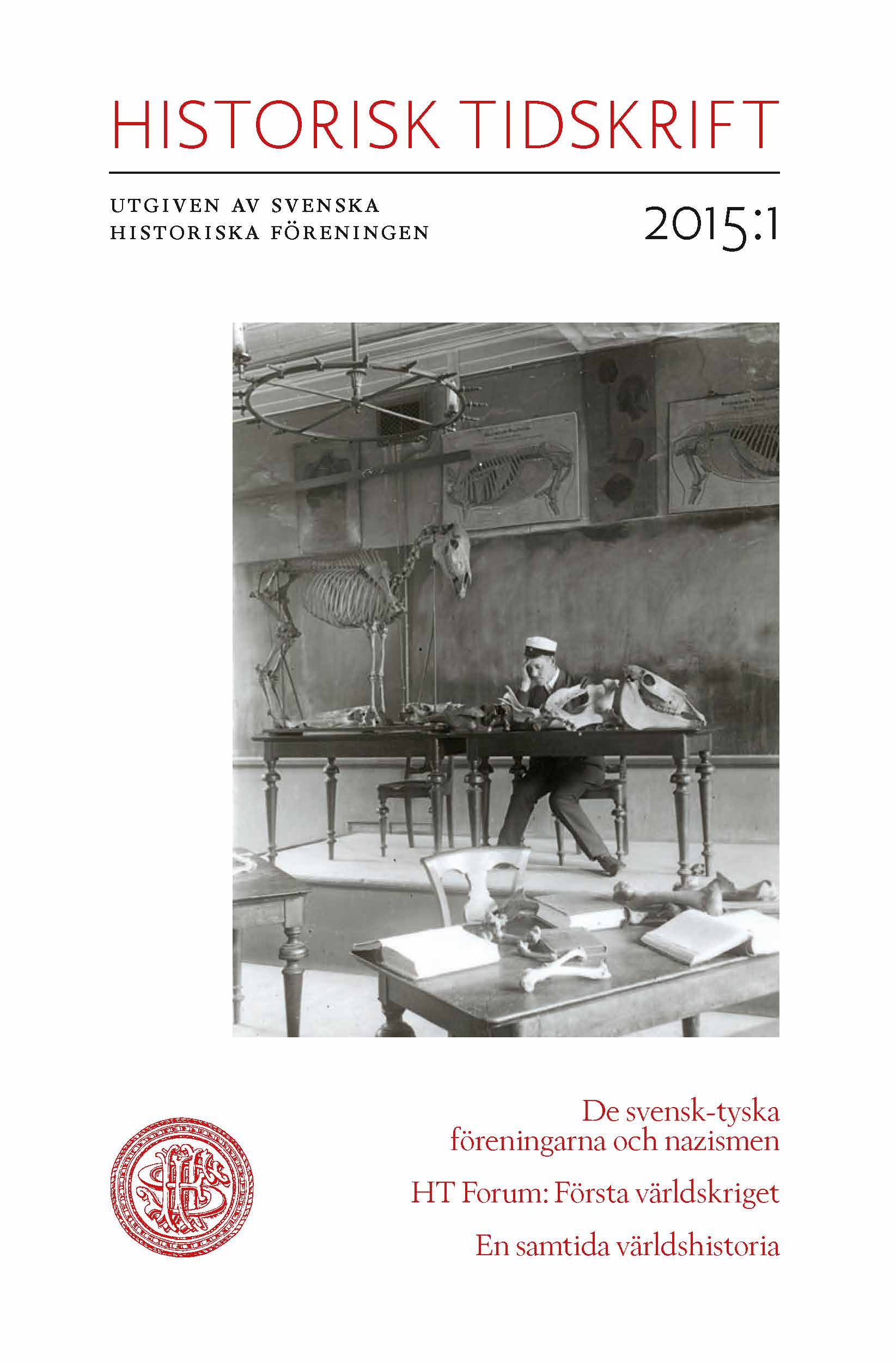Abstract
On retrospective diagnosis in the history of veterinary medicine: The case of rinderpest
Swedish historians of veterinary medicine have traditionally made little use of diagnosis methods. This study is an attempt to develop a methodological framework for the use of retrospective diagnosis, i.e. a modern procedural approach, of early modern epizootic diseases, known in historical records as bovine diseases or cattle plagues. Although the method has broad application, the specific historical example discussed here is rinderpest in Sweden-Finland in the eighteenth century.
The proposed method consists of six separate components. The first component is the identification of the medical information needed to make an accurate modern diagnosis distinguished from its differential diagnoses. The second component consists in the identification of information actually available in historical sources. The third and the fourth component are the necessary evaluation of this information from both a medical and a source critical perspective. The fifth component is a test of the modern diagnosis against the available historical sources. The final component is a discussion of the validity of the test in the context of previous evaluations.
The retrospective diagnosis method introduced here can be used with advantage with many types of primary sources, varying in character and information content. Several examples are discussed. Other researchers will judge which historical sources will be most pertinent to their specific investigations. They are invited to develop the method presented here further, both to suit specific projects and to reflect future changes in the discipline of veterinary history.

